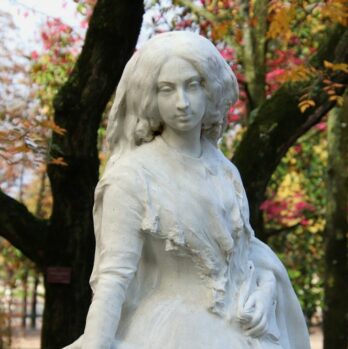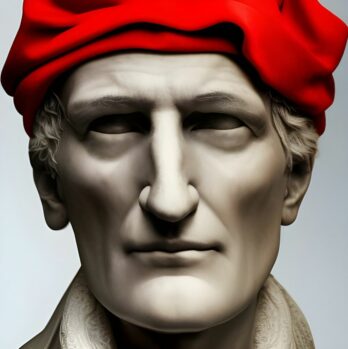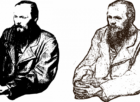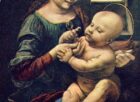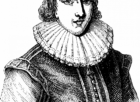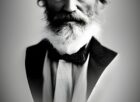Charles Dickens: A Literary Icon and Social Critic

Introduction
Charles Dickens, a name that resonates with literature aficionados around the world, is considered one of the greatest writers in the history of English literature. His works, characterized by intricate plots, vivid characters, and sharp social commentary, continue to captivate readers of all ages. In this article, we will delve into the life and contributions of Charles Dickens, exploring his evolution as a writer and his enduring impact on society.
A Literary Journey Begins
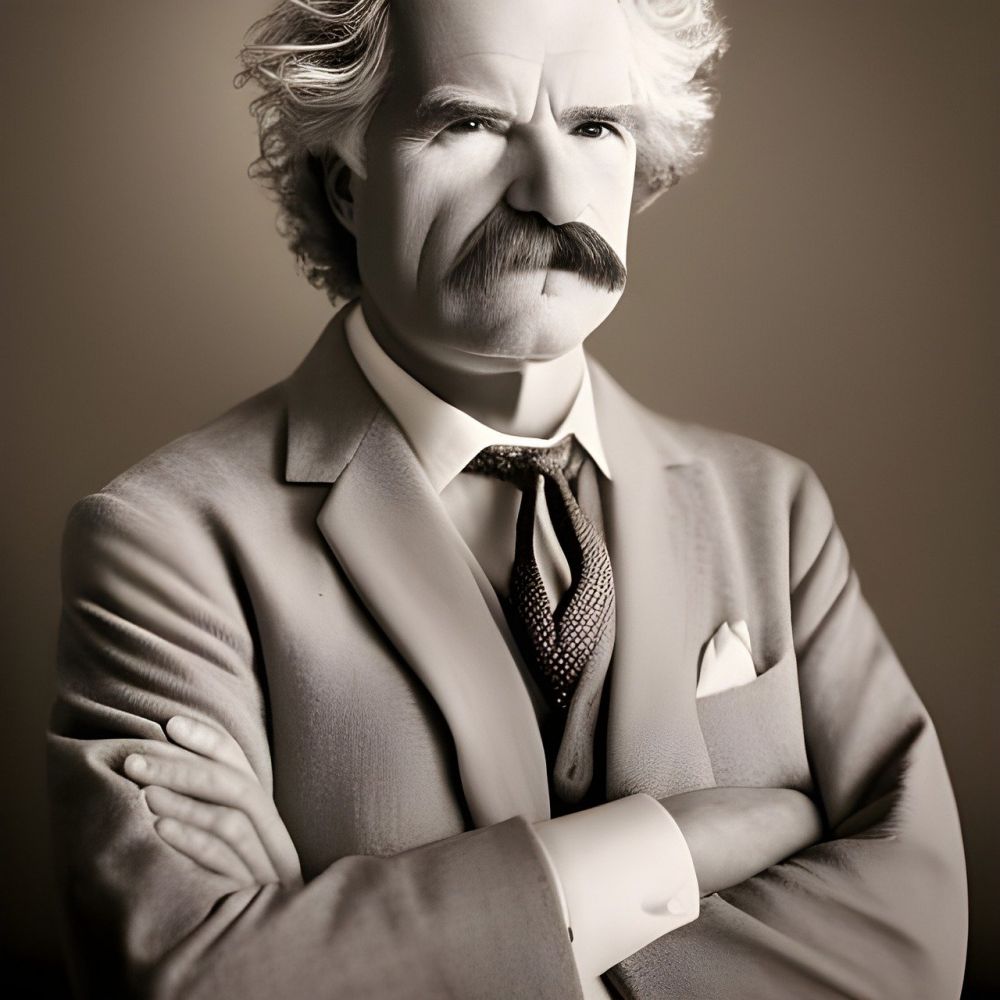
Born on February 7, 1812, in Portsmouth, England, Charles Dickens led a challenging childhood marked by poverty and an absent father. However, his innate talent and love for storytelling propelled him towards a literary path. Dickens published his first piece, a short sketch, in The Morning Chronicle in 1833, and this heralded the beginning of his prolific career.
The Early Novels: Formative Years
Dickens’s early novels, such as “The Pickwick Papers” (1836-1837) and “Oliver Twist” (1837-1839), established his reputation as a master storyteller. Through memorable characters like Oliver Twist and Mr. Pickwick, Dickens brought the struggles and social injustices of Victorian England to the forefront.
Taking Social Critique to New Heights
As Dickens gained recognition, his works evolved, placing an even greater emphasis on social critique. In novels like “Hard Times” (1854), Dickens delved into the repercussions of industrialization and the dehumanizing effects of mechanization on society. The stark contrast between the working-class struggles and the bourgeoisie’s callousness exposed the injustices prevalent in Victorian England.
The Classic Epics: A Tale of Two Cities and Great Expectations
Perhaps two of Dickens’s most renowned works, “A Tale of Two Cities” (1859) and “Great Expectations” (1860-1861), highlight his prowess as a novelist. “A Tale of Two Cities” intricately weaves together the lives of characters from London and Paris during the French Revolution. The novel’s themes of sacrifice, redemption, and love resonate with readers to this day.
Meanwhile, “Great Expectations” explores the themes of ambition, class mobility, and the corrupting influence of wealth. The bildungsroman format allows Dickens to chart the growth of young Pip as he navigates societal expectations and confronts the consequences of his actions. The novel’s memorable characters, including Miss Havisham and Magwitch, cement Dickens’s ability to create larger-than-life personalities.
A Public Performer: The Reading Tours
Aside from his literary achievements, Dickens also embraced the role of a performer. He embarked on reading tours, captivating audiences with dramatic interpretations of his works. Dickens’s performances elevated his popularity, turning him into a beloved public figure and reinforcing the intimate connection between the author and his readers.
Legacy and Impact
Dickens’s works continue to exert a profound influence, not just on literature but also on social consciousness. His writings shed light on the plight of the working class, exposing the harsh realities of Victorian society. Dickens’s critiques of societal ills, such as poverty, child labor, and social inequality, sparked conversations and led to legislative reforms. His vivid descriptions and memorable characters breathed life into his novels, making his message more accessible and impactful.
To this day, Dickens’s novels are widely studied in classrooms, performed on stage and screen, and cherished by readers. His characters, from Ebenezer Scrooge in “A Christmas Carol” to David Copperfield, have become universal symbols, representing familiar traits or archetypes.
Conclusion
Charles Dickens’s enduring legacy and impact on literature and society cannot be overstated. His ability to intertwine compelling stories with scathing social critique made him a pioneer in the Victorian era and a literary icon for generations to come. Through his novels, Dickens continues to educate, entertain, and inspire readers around the world. As we revisit his works, we are reminded of the power of literature to transcend time and ignite change.
Sources:
– Dickens, Charles. “David Copperfield.” Penguin Classics, 2004.
– Dickens, Charles. “Great Expectations.” Oxford University Press, 2008.
– Dickens, Charles. “Hard Times.” Wordsworth Editions, 1994.
– Dickens, Charles. “Oliver Twist.” Wordsworth Editions, 1992.
– Dickens, Charles. “A Tale of Two Cities.” Penguin Classics, 2003.
– Slater, Michael. “Charles Dickens.” Yale University Press, 2009.
